- Description
- Reviews (0)
Description
Trachyphyllia Open Brain Coral
The Trachyphyllia Open Brain Coral (Trachyphyllia geoffroyi), also known as the open brain coral, is a captivating and relatively hardy Large Polyp Stony (LPS) coral species native to the Indo-Pacific region. Its distinctive appearance, featuring lobed, brain-like ridges, makes it a popular choice among reef aquarium enthusiasts.
🧬 Appearance & Size
-
Size: Typically reaches up to 20 cm (8 inches) in diameter. The available coral is roughly 15cm.
-
Coloration: Varies from green to brown, with some specimens displaying vibrant hues of red, pink, or blue.
-
Structure: Characterized by a fleshy, lobed structure resembling a human brain, with deep grooves and valleys.Ocean Info
🌿 Habitat & Tank Setup
-
Placement: Best positioned on the substrate with ample space on all sides to allow full tissue expansion. Avoid placing on rough or sharp surfaces to prevent tissue abrasion.
-
Lighting: Prefers moderate to slightly lower diffuse lighting. May tolerate direct lighting when placed deeper in the water column.
-
Water Flow: Thrives in gentle to moderate, indirect water movement. Excessive current can cause the coral to remain contracted.
🌊 Water Parameters
Maintaining stable water conditions is crucial for the health of Trachyphyllia corals:
-
Temperature: 75–80°F (24–27°C)
-
Salinity: 1.024–1.026
-
pH: 8.1–8.4
-
Alkalinity: 8–12 dKH
-
Calcium: 400–450 ppm
-
Magnesium: 1250–1350 ppm
-
Nitrates: 5–10 ppm (slightly elevated levels are beneficial)
-
Phosphates: 0.03–0.1 ppm
🥗 Feeding
While Trachyphyllia corals contain zooxanthellae, they benefit from supplemental feeding:
-
Foods: Mysis shrimp, brine shrimp, and other finely chopped meaty foods.
-
Feeding Frequency: 2–3 times per week.
-
Feeding Time: Best fed at night when the coral extends its feeding tentacles.
-
Method: Use a turkey baster or pipette to gently direct food onto the coral’s tentacles.
⚠️ Considerations
-
Aggression: Trachyphyllia corals can be aggressive and will sting other corals that grow or are placed too close.
-
Conservation Status: Listed as “Near Threatened” due to habitat loss and over-harvesting for the aquarium trade.
Only logged in customers who have purchased this product may leave a review.


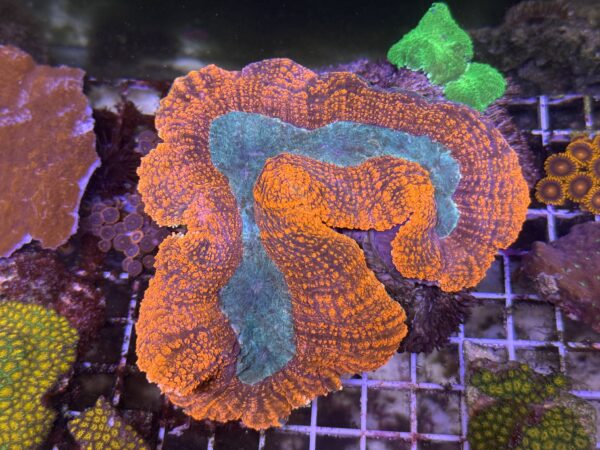
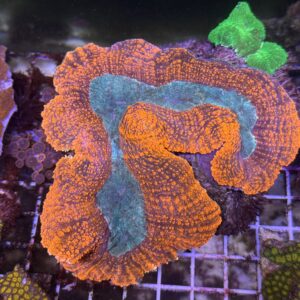
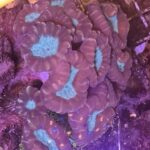
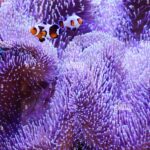
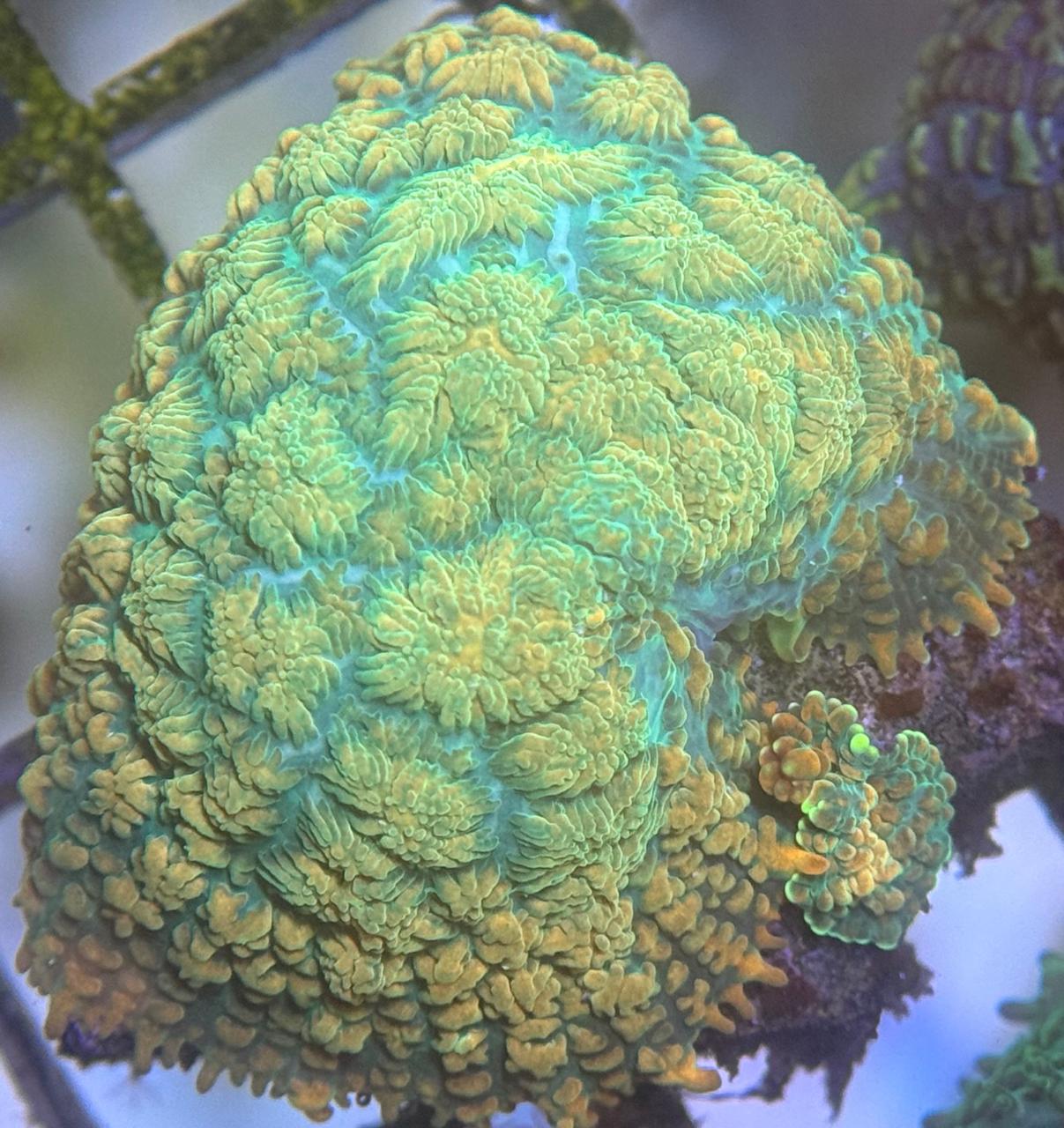
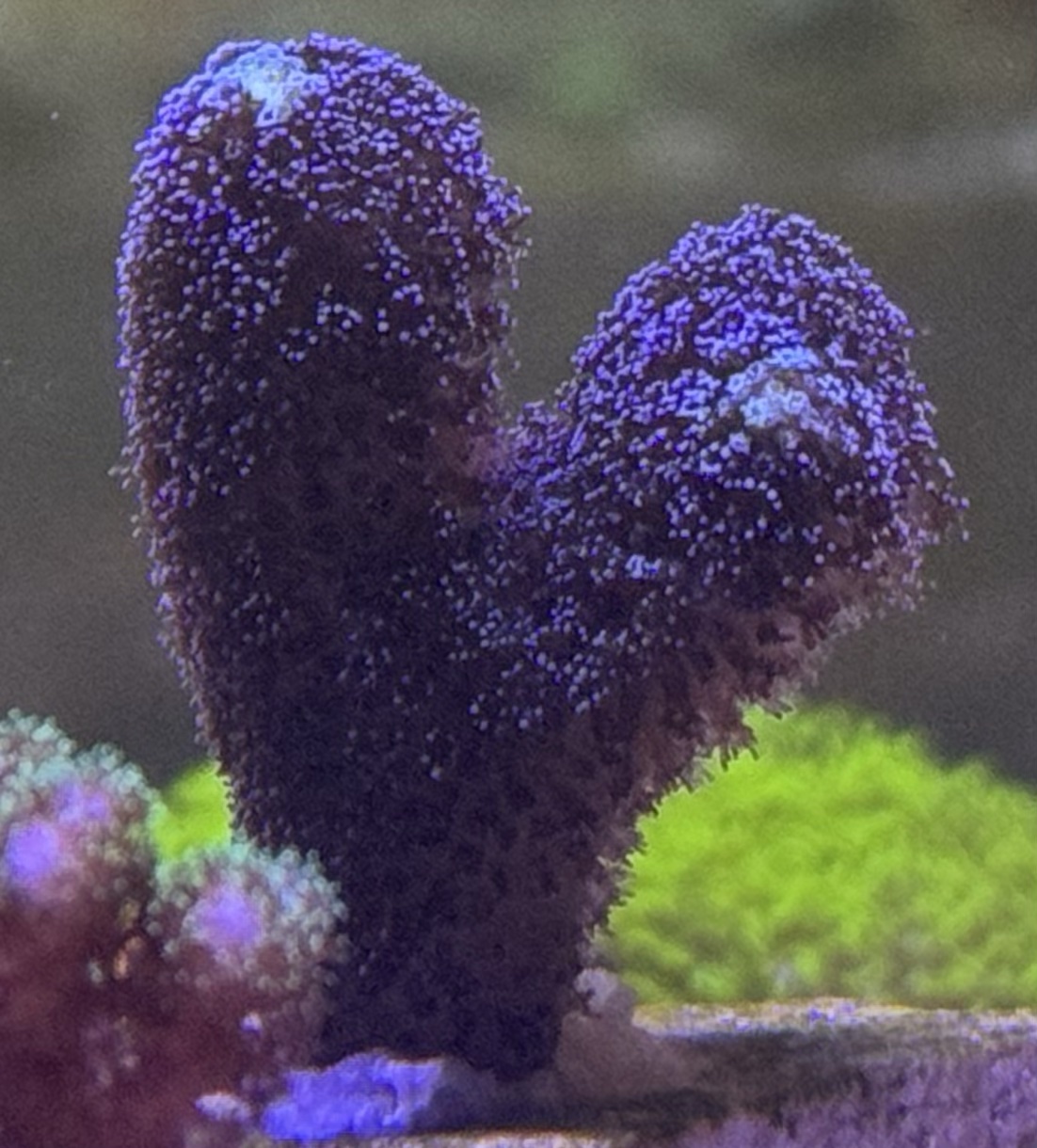
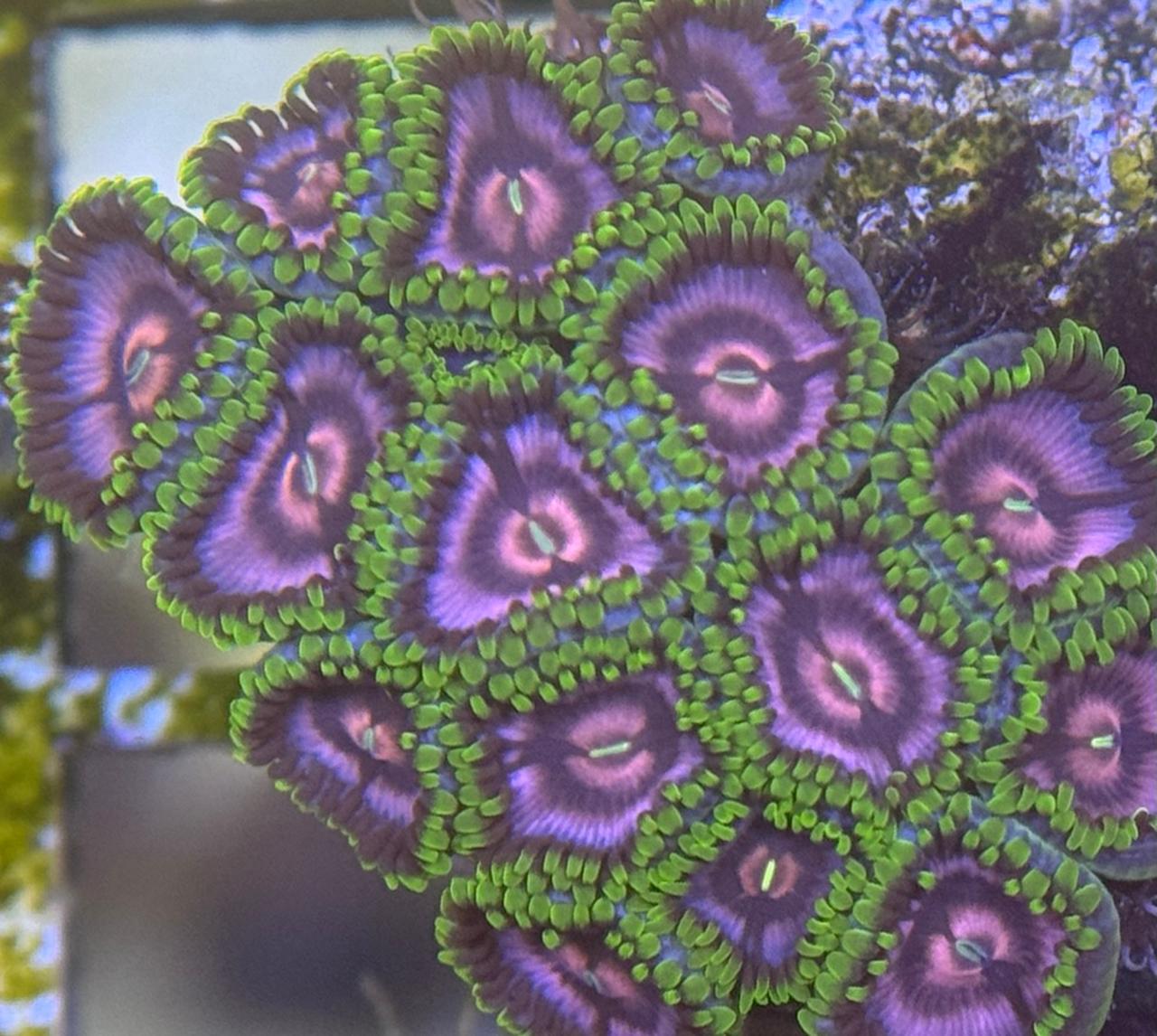
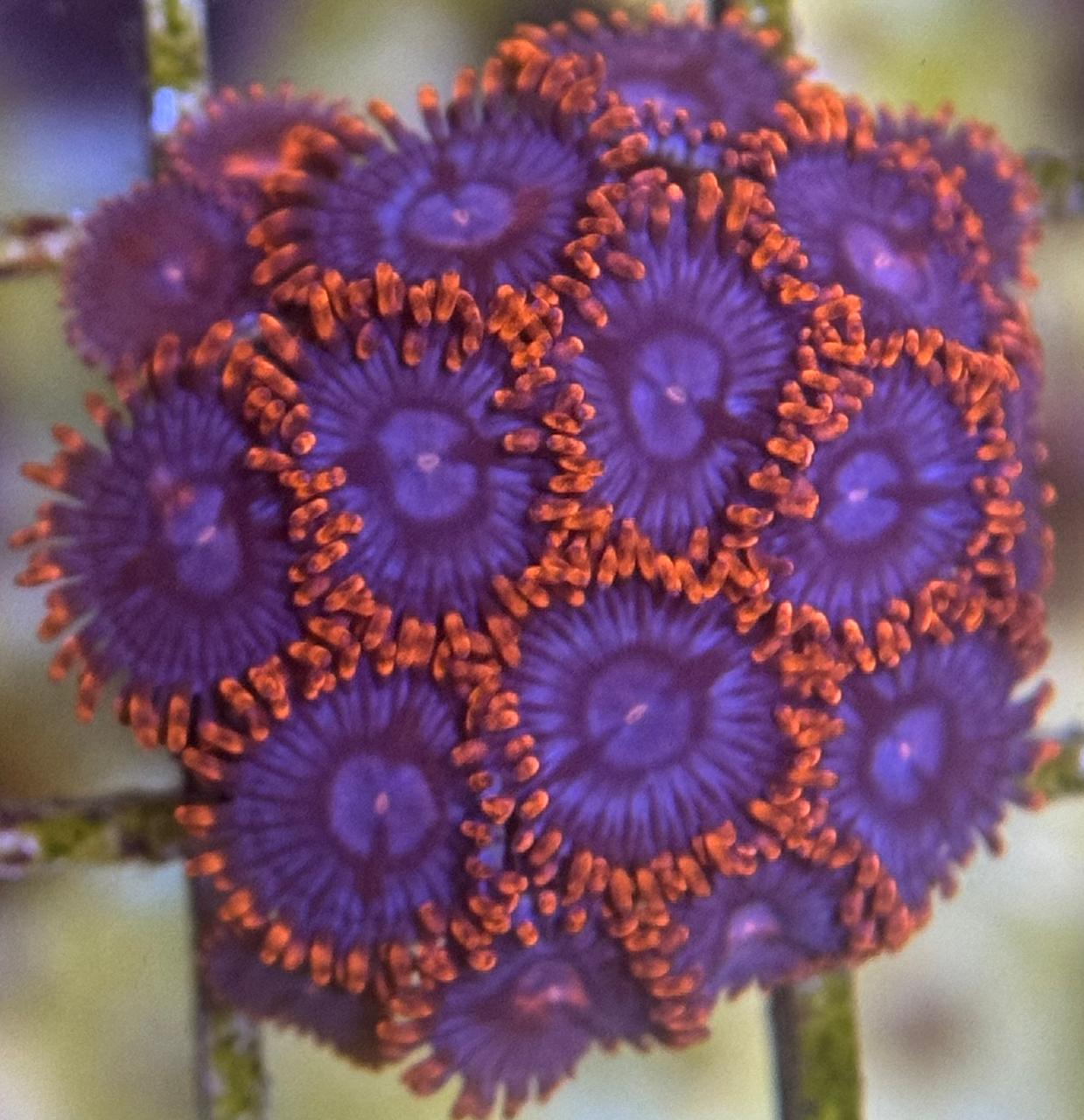
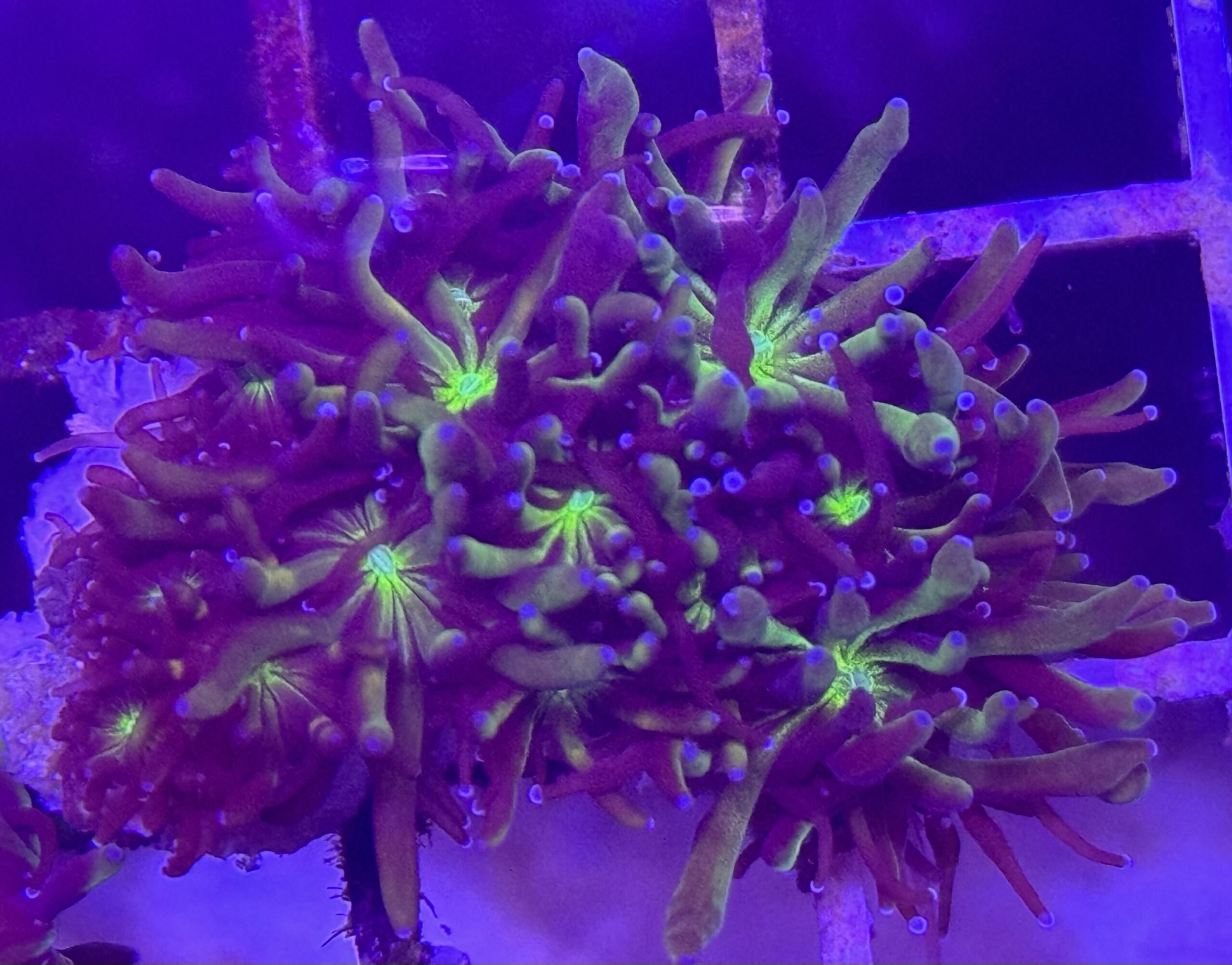
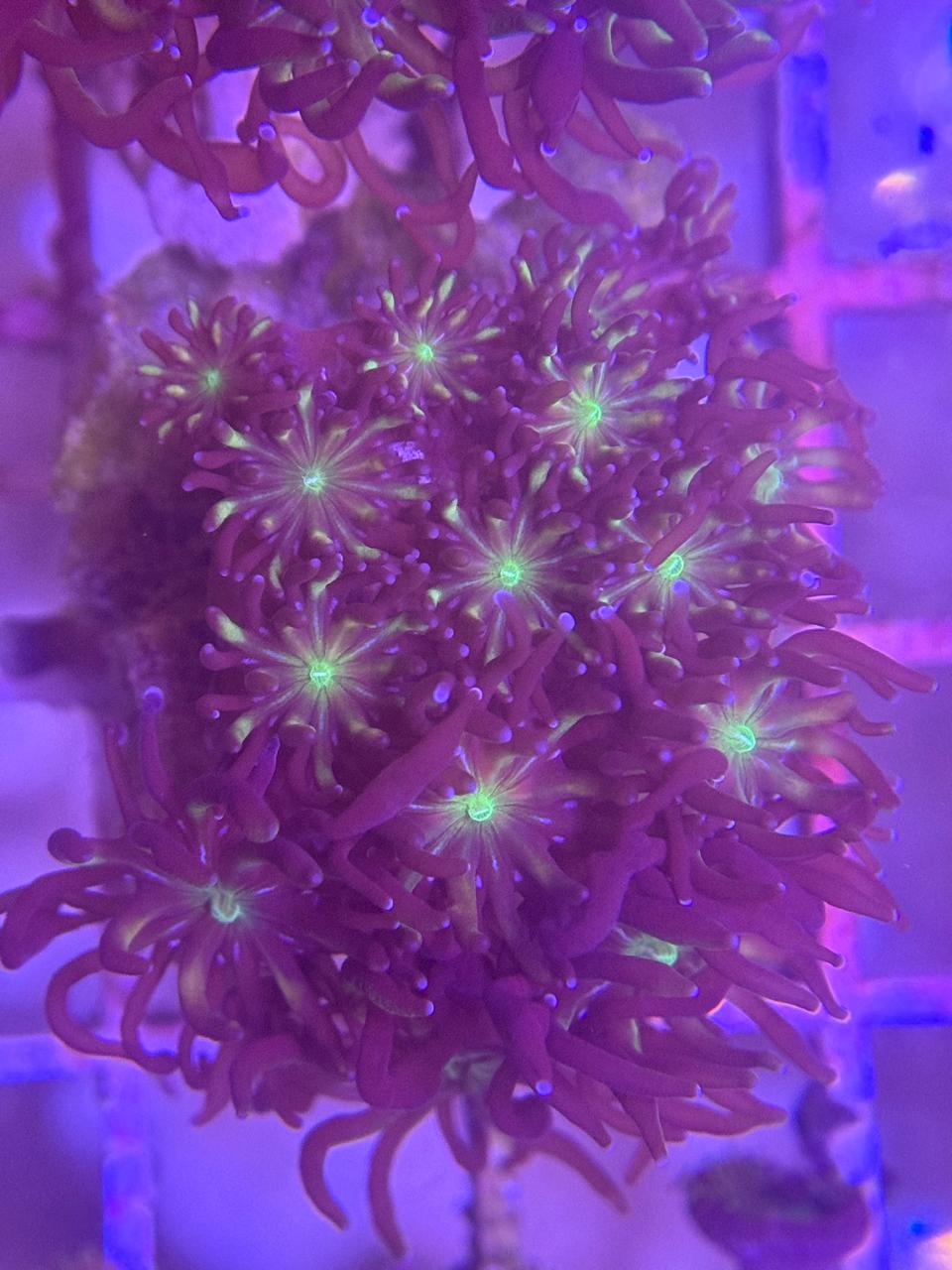
Reviews
There are no reviews yet.